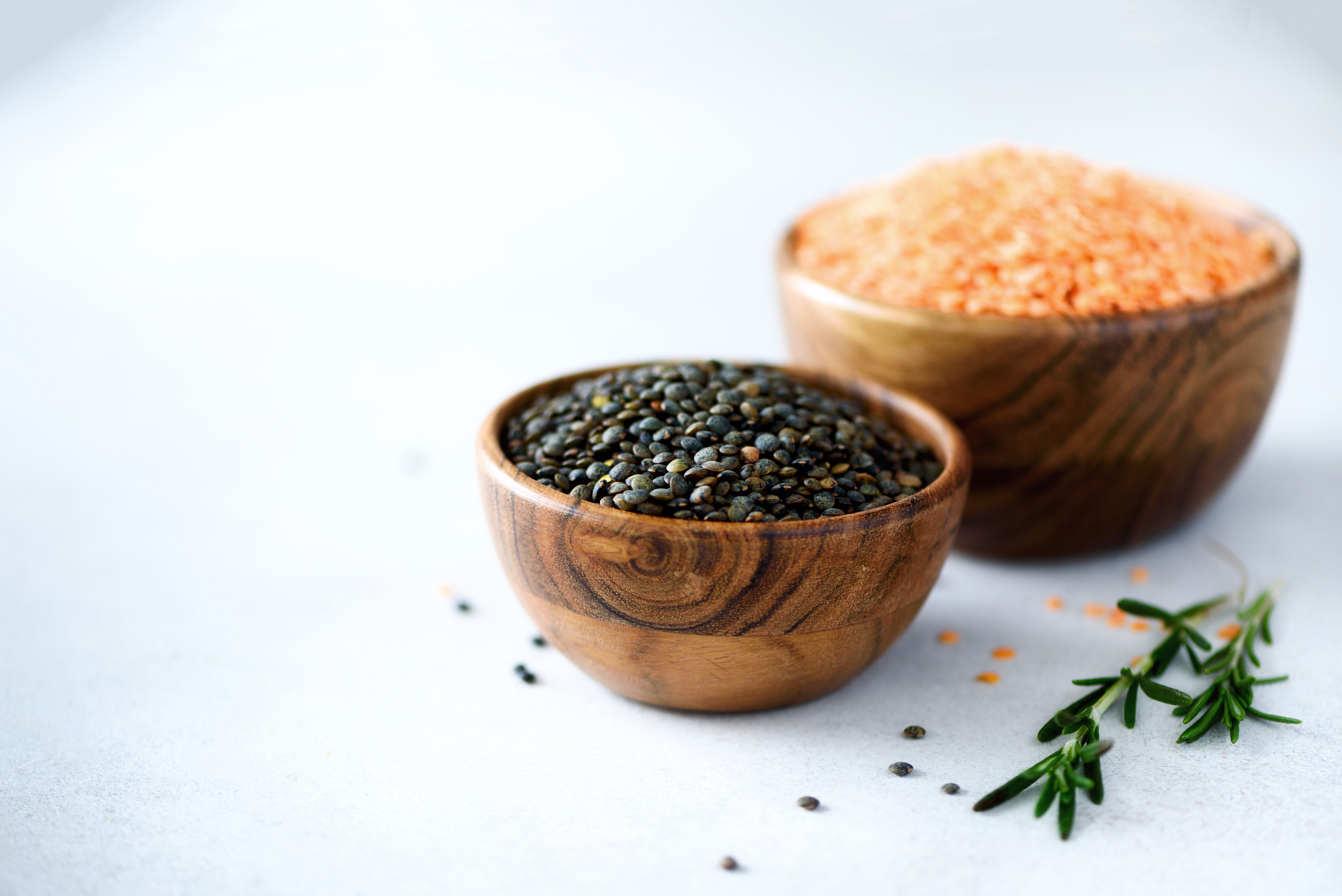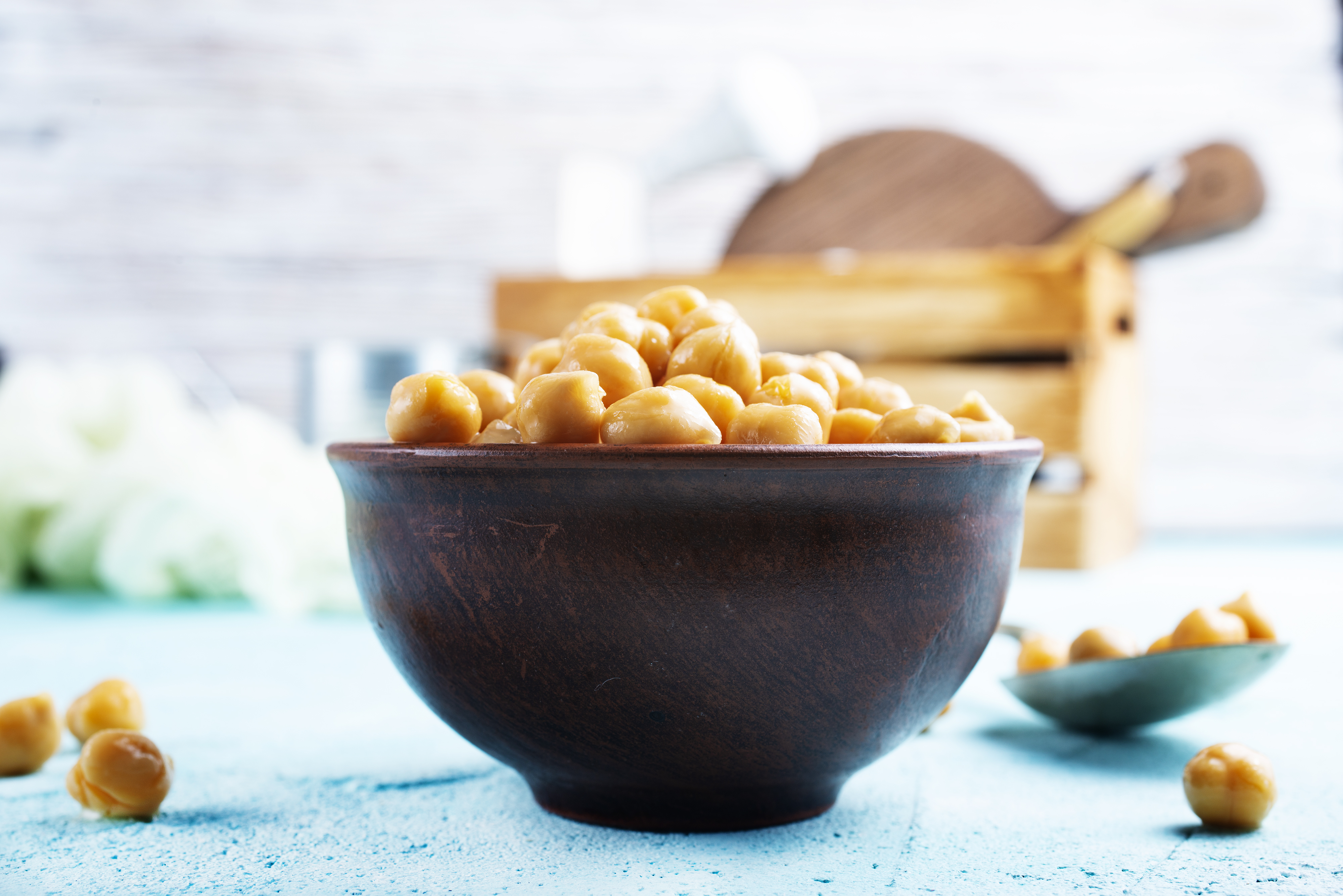Green Muscle: Plant-Based Powerhouses Packing a Serious Protein Punch
Plant protein isn’t a compromise—it’s a culinary power move. Whether you're vegan, flexitarian, or just rethinking your plate, today’s plant proteins are bold, flavorful, and endlessly versatile. From crispy tofu to nutty quinoa and smoky tempeh, these ingredients aren’t just swaps for meat—they’re center-stage stars packed with fiber, minerals, and serious satiety. And the perks? Fewer saturated fats, a happier gut, a smaller carbon footprint, and steady, sustained energy. That’s why we’ve expanded our list to 22 plant proteins—a mix of everyday staples and underrated gems that bring both flavor and function. These aren’t bland fillers; they’re ingredients with real culinary personality. Whether you’re building a better grain bowl or reinventing your post-workout fuel, this list is your launchpad. Because plants aren’t just here to play nice—they’re here to fuel strength, support health, and seriously elevate your next meal. Let’s dig in.
1. Lentils: The Versatile Powerhouse

Lentils have long been a staple in diets across the globe, prized for their rich nutritional profile and culinary versatility. These small legumes pack a punch, offering a substantial amount of protein, fiber, and essential nutrients such as iron and folate. Lentils come in various colors and sizes, each with its own unique flavor and texture, making them suitable for a wide range of dishes. From hearty soups and stews to salads and curries, lentils can be transformed into a myriad of delicious meals that rival any meat-based dish. Their ability to absorb flavors makes them a perfect canvas for spices and herbs, enhancing their natural earthiness and creating a satisfying taste experience. In addition to their culinary appeal, lentils are an environmentally friendly protein choice. They require less water and energy to produce compared to animal proteins, making them a sustainable option for those looking to reduce their carbon footprint. Furthermore, lentils are a cost-effective protein source, making them accessible to a wide audience. Whether you're a seasoned chef or a home cook, incorporating lentils into your diet is a simple yet impactful way to enjoy the benefits of plant-based eating.
2. Chickpeas: The Culinary Chameleon

Chickpeas, also known as garbanzo beans, are another versatile legume that has gained popularity for their nutty flavor and creamy texture. These protein-rich beans are a staple in many cuisines, from Middle Eastern to Mediterranean, and are the main ingredient in beloved dishes such as hummus and falafel. Chickpeas are not only delicious but also incredibly nutritious, providing a good source of protein, fiber, and essential vitamins and minerals. Their ability to be transformed into various forms, such as flour or roasted snacks, makes them a culinary chameleon that can adapt to any dish. The versatility of chickpeas extends beyond their traditional uses. They can be roasted for a crunchy snack, blended into a creamy dip, or even used as a meat substitute in burgers and patties. Their mild flavor allows them to take on the taste of accompanying ingredients, making them a perfect base for experimenting with different spices and seasonings. As more people seek plant-based alternatives, chickpeas continue to shine as a delicious and nutritious option that can satisfy even the most discerning palates.
